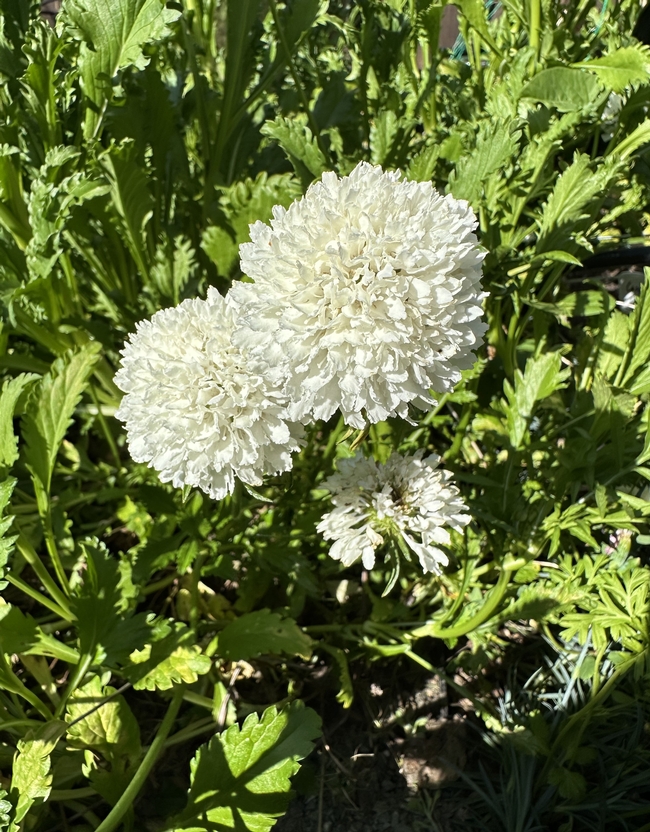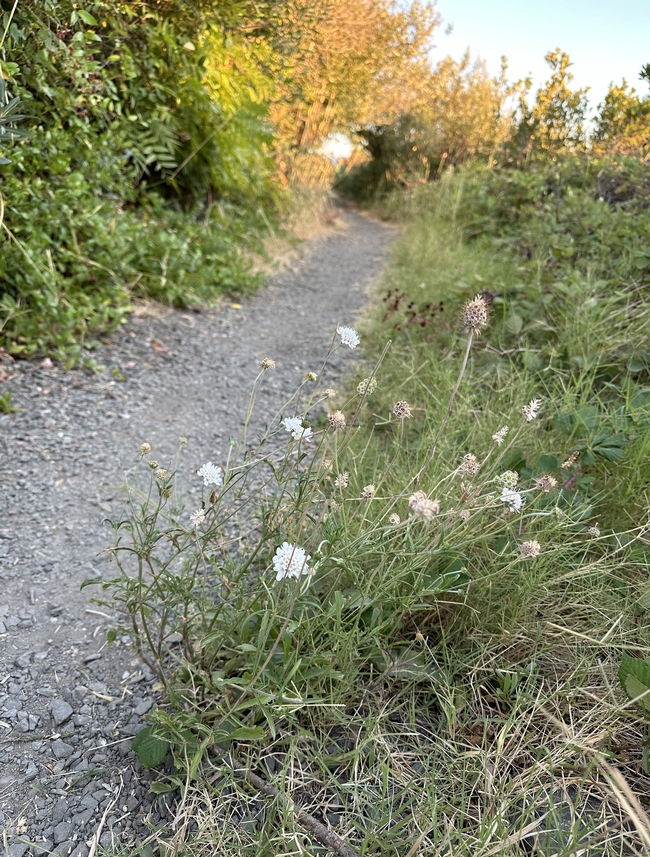Scabiosa: An Invasive Plant to Watch
Whenever I read about a plant that is described as a prolific self-seeder or self-sower, red flags go up. Is this code for an aggressive, invasive species that I'll regret growing in my yard? It is easy to check before making a purchase by conducting a quick search of California Invasive Plant Council's (Cal-IPC) plant database or PlantRight's priority invasive list.
Cal-IPC's mission is to protect California's environment and economy from invasive plants. (https://www.cal-ipc.org.) Cal-IPC maintains the California Invasive Plant Inventory, “a comprehensive list of invasive plants based on ecological impacts, as well as ‘Watch' plants that may become invasive in the future.” (https://www.cal-ipc.org/plants/inventory/.) Each plant is assessed using a criteria system with documented sources.
PlantRight works with California's nursery industry to limit invasive species and to promote the sale of exclusively non-invasive alternatives. (https://plantright.org.) According to PlantRight's website, it worked with “researchers at University of Washington and University of California, Davis to develop the PlantRight Plant Risk Evaluator (PRE) a method for determining a plant's potential for becoming invasive in any specific region.” PlantRight uses “this tool to determine which plants have a high risk of becoming invasive, which plants require more research, and which plants have a low risk of becoming invasive in a particular area.” (https://plantright.org/approach/.) Plants found to be high risk using PRE or are listed on Cal-IPC's Invasive Plant Inventory are placed on the priority invasive plant list.
Several years ago I planted Scabiosa atropurpurea, also known as pincushion flower, sweet Scabiosa, or Mourningbride. (There are other species of Scabiosa, such as Scabiosa caucasica, but this article focuses on Scabiosa atropurpurea.) The plant readily self-sows, but it is easy to remove when it gets too exuberant and begins to take over the garden plot.
I planted Scabiosa atropurpurea to use as a cut flower. The approximately 1-1.5” flowers resemble miniature pincushions on 18” stems. The flowers range from white to purple with colors in between, such as pink and lavender. In my yard, the plant blooms constantly from spring to late summer and attracts pollinators. It is low maintenance and grows to approximately 3' tall by 2' wide. It propagates by seeds. The flowers are a nice airy addition to a bouquet.
I thought I had checked the Cal-IPC rating when I purchased the plant, but regardless, I didn't think too much more about it until I recently saw several plants along a narrow dirt path in a local state recreation area. After that, I noticed them everywhere! They were often growing in disturbed areas along roads and trails.
According to Cal-IPC, Scabiosa atropurpurea is rated as “Watch.” It has a PRE rating of “high potential risk” by PlantRight and is listed as a plant to watch. (https://plantright.org/watch/scabiosa-atropurpurea/ .) PlantRight states that the plant was considered for addition to the invasive list from 2012 to 2014 but was not included at that time. Not surprisingly, it has naturalized in 18 California counties, including places in the San Francisco Bay area and central and south coast ranges of California. It has been listed as invasive in other countries and areas with a similar climate, such as Chile, New Zealand, and South Australia.
I don't plan on tearing out my Scabiosa just yet, but I will annually check Cal-IPC's and PlantRight's ratings for any change in status. I'll also attempt to minimize the invasive potential of the plant by keeping the plant contained in a specific area and deadheading spent flowers to limit seed production.



